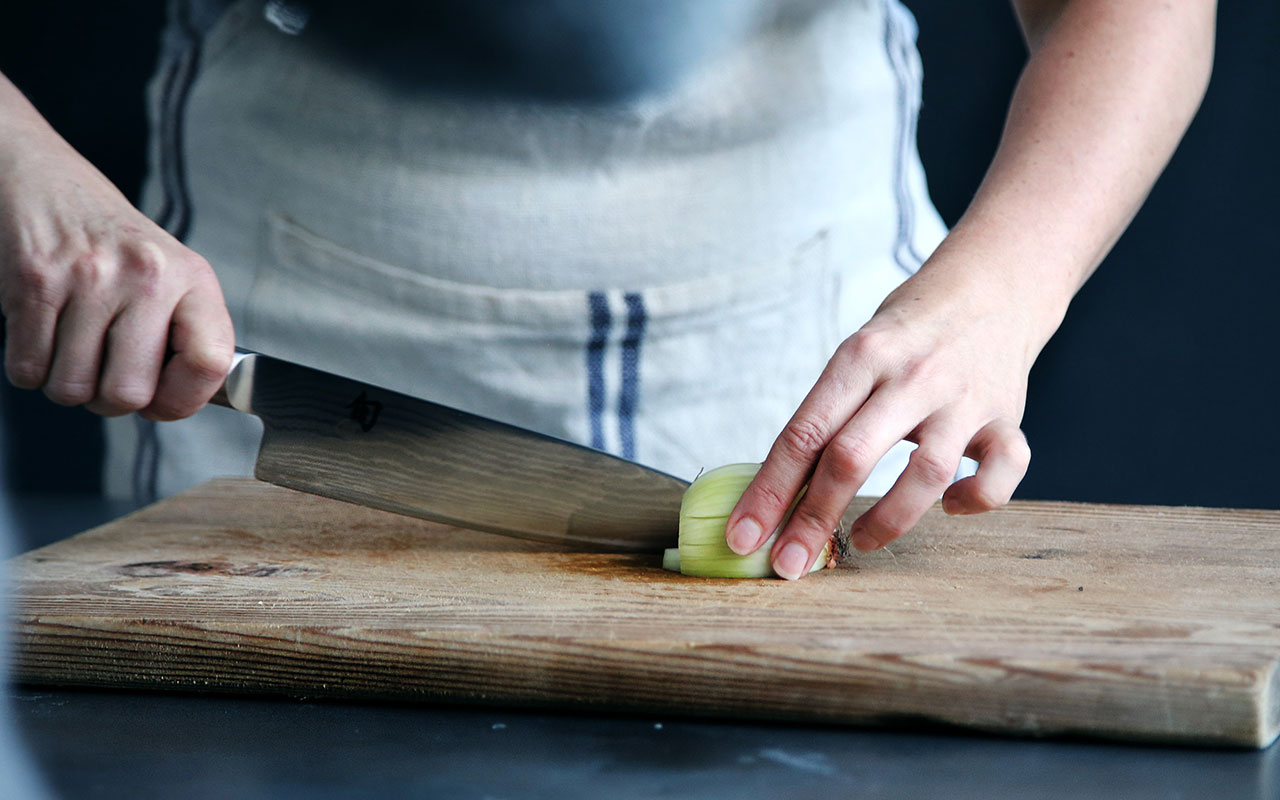German folding knives are renowned worldwide for their exceptional craftsmanship, precision, and durability. Whether you’re a chef, an outdoor enthusiast, or a collector, understanding the nuances of these remarkable tools can enhance your appreciation and usage of them. This article aims to provide an in-depth exploration of German folding knives, focusing on their history, design, and practical applications.

The History of German Folding Knives
The tradition of knife-making in Germany traces back centuries, with roots deeply embedded in regions like Solingen, often referred to as the ‘City of Blades.’ This area has been producing high-quality blades since medieval times. The craftsmanship of these knives has been passed down through generations, ensuring that each piece reflects a blend of time-honored techniques and modern innovation.
Evolution Over the Years
Initially designed for simple utility, German folding knives have evolved into versatile tools that cater to various needs, from culinary arts to outdoor adventures. The materials have also advanced, with modern knives often featuring high-carbon stainless steel that offers superior edge retention and corrosion resistance.
Distinctive Features of German Folding Knives
One of the key attributes of German folding knives is their robust construction. They are typically heavier than their counterparts, providing a sturdy feel that many users appreciate. The blades often feature a full tang, which extends the steel through the handle, offering better balance and strength.
Blade Design and Materials
The blades of German folding knives are known for their sharpness and durability. Many are made from high-carbon stainless steel, known for its ability to hold a sharp edge while resisting rust and stains. This makes them ideal for both precision cutting tasks and heavy-duty use. For more insights on German vs Japanese knives, check out this detailed comparison.
Handle Construction
The handles of these knives are often crafted from durable materials such as wood, bone, or synthetic composites. The ergonomic design ensures a comfortable grip, reducing hand fatigue during extended use.
Applications of German Folding Knives
German folding knives are incredibly versatile, suitable for a range of applications. In the culinary world, they are prized for their precision and control, essential for tasks like slicing, dicing, and filleting. Outdoors, they serve as reliable companions for camping, hiking, and other activities.
Culinary Uses
In the kitchen, these knives excel in tasks requiring precision and finesse. Their sharp edges and well-balanced design make them perfect for preparing meals efficiently and safely. To ensure your knives remain in top condition, consider learning how to clean your Wusthof knives.
Outdoor and Tactical Uses
For outdoor enthusiasts, German folding knives offer reliability and versatility. They can handle a variety of tasks, from cutting rope to preparing food. Their durability makes them a preferred choice for survival situations.
Maintaining Your German Folding Knives
Proper maintenance is crucial to preserving the longevity and performance of your German folding knives. Regular cleaning and sharpening will ensure they remain sharp and functional for years to come.
Sharpening Tips
Regular sharpening is essential to maintaining the knife’s edge. Using a whetstone or a sharpening steel can help keep the blade in optimal condition. For more detailed guidance, explore how to test German knife sharpness.
Proper Cleaning Techniques
Cleaning your knives after each use will prevent residue build-up and corrosion. Hand-washing and drying immediately are recommended to preserve the blade and handle integrity. For further details, check out this guide on traveling with German knives.
Choosing the Right German Folding Knife
When selecting a German folding knife, consider factors such as the intended use, blade material, and handle comfort. It’s also crucial to select a knife that fits well in your hand and feels balanced. For beginners, exploring German knife sets can provide a comprehensive introduction to high-quality knives.
For Left-handed Users
Left-handed users may have specific requirements for comfort and usability. Fortunately, many manufacturers offer options tailored to left-handed use. Learn more about these options at German knives for left-handed users.
The Future of German Folding Knives
As technology advances, so too does the art of knife-making. German folding knives continue to evolve, incorporating new materials and design innovations while maintaining their traditional craftsmanship. This synergy ensures their place as essential tools in both kitchens and outdoor settings.
Innovations on the Horizon
Future innovations may include the integration of smart technology, enhanced blade coatings for improved performance, and sustainable materials for environmentally conscious consumers.
Conclusion
German folding knives represent a blend of tradition, innovation, and practicality. Whether you’re a kitchen professional or an outdoor enthusiast, these knives offer reliability and precision that few can match. By understanding their history, features, and maintenance, you can fully appreciate and utilize these exceptional tools.

FAQ
What are the benefits of German folding knives?
German folding knives offer durability, precision, and versatility, making them suitable for various tasks, from culinary to outdoor activities.
How do I maintain my German folding knives?
Regular sharpening and proper cleaning are essential to maintaining your knives. Use a whetstone for sharpening and always hand-wash and dry your knives immediately after use.
Are there specific German folding knives for left-handed users?
Yes, many manufacturers offer models specifically designed for left-handed users, ensuring comfort and ease of use.
This article contains affiliate links. We may earn a commission at no extra cost to you.


